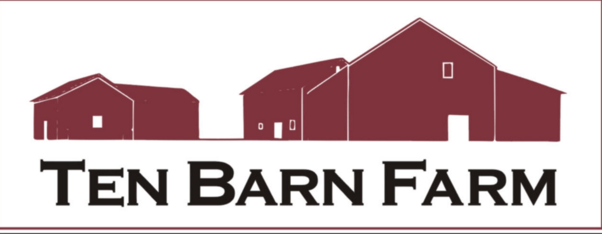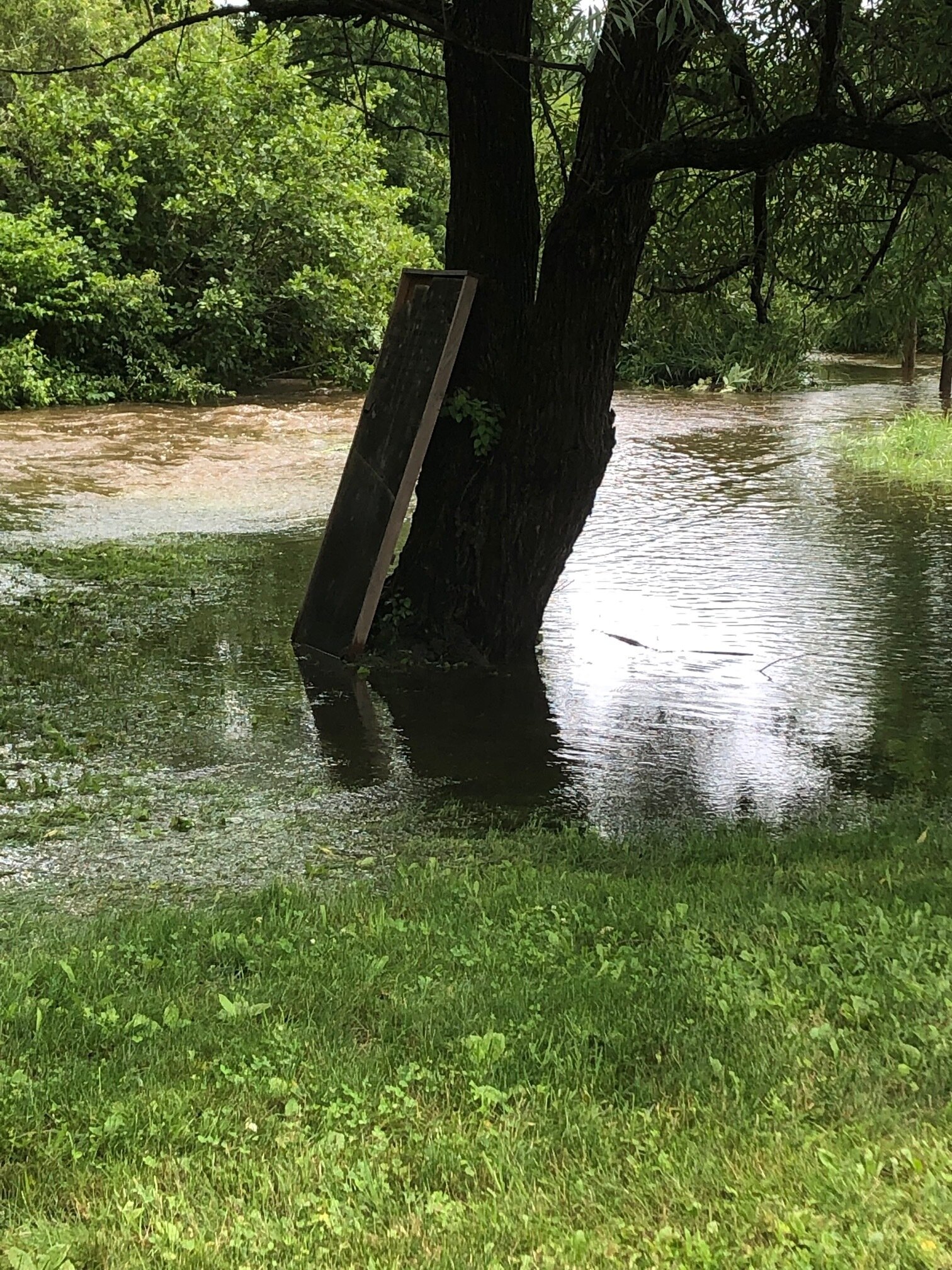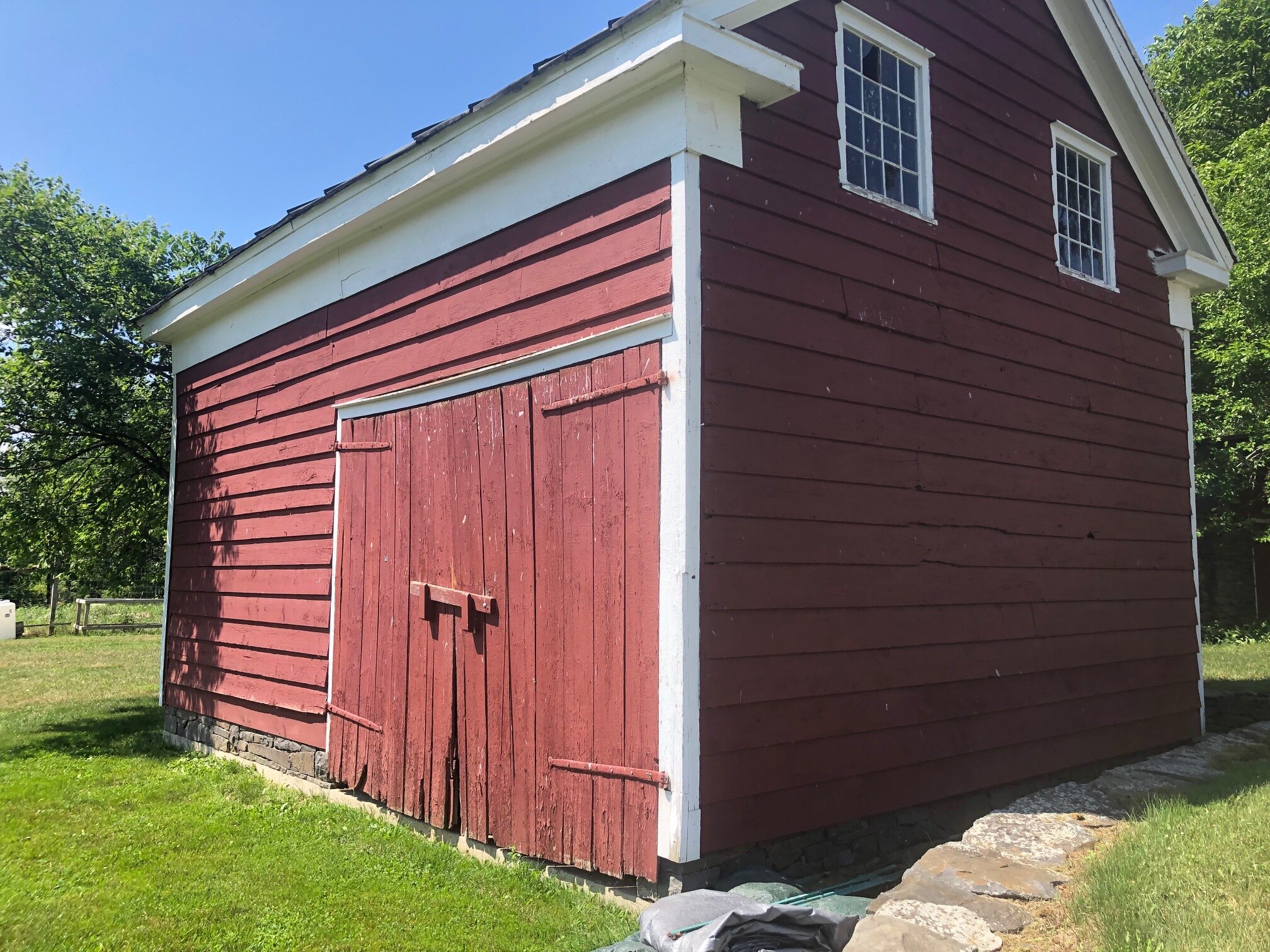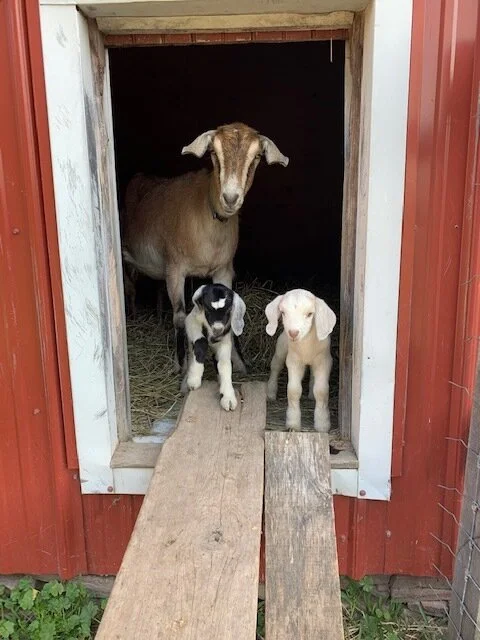This week’s flooding
Life on the farm is about cycles of brown giving way to green and six months later green turning again to brown. Those transitions happen in glorious seasons as the trees bud out, the crocuses make their brief appearance, and the greenhouse fills with seed trays waiting for the all clear sign that the earth has warmed enough to welcome the sprouts. And then in the fall as the cold nights chip away all rows of crops, but for the hardiest of kale and winter squash, the maples turn a thrilling red before brown moves back in. In between, the summer’s heat and rain make magic. And have we had heat and rain this past couple of weeks. The normally bucolic Fitting Creek that passes through our property, and is our hedge against drought, turned into a river on Thursday filling half of our front field. Every farmer who has worked this land has faced climatic challenges, but the frequency of these events is surely on the rise.
The farmhouse was built in 1790 and you have to figure that first family arrived a few years before the house was completed. They probably built Clif’s barn first, so it has been 234 years since those first horse-drawn harrows broke the winter-packed earth and the farm was born. Of course, the earth had always been ready as it was this spring as Peter pulled the tractor into the field to start shaping the beds. The equipment is different, but the natural process is the same every year—the soil, seeds, sun and rain (as well as weeds and pests)—nothing can be rushed in this process. Crop planning is dictated both by each plant’s makeup and a farmer’s creativity. Today we will plant flowers for a fall wedding and harvest string beans, cucumbers, and pick raspberries. What was planted in 1787? They had no greenhouse, which shortened the growing season, and no weather reports. On what date did they decide to start direct seeding that first field? (Note: The first issue of The Farmers’ Almanac was published in 1793 and focused on meteorological information.)
The first barn
Since those first fields were planted, generations of farmers learned from the land, the crops, and from that which invariably threatens, like drenching rains. Knowledge grew. Each spring the farmers headed out to their laboratory to build on what previous years taught; there was no procrastination—when the spring arrived it was time to start. And as time passed, each generation of farmers transferred their accumulated knowledge to the next, directly connecting the young with the wisdom of all their ancestors. Proven practices, perfectly situated barns, a line of trees, the handiwork of grandmothers and great, great-grandfathers helped the current generation jumpstart the springtime planting. No one was looking for a short term gain by exploiting or degrading the land that had supported, and would continue to support, the family. Instead they thought long-term, building for a return that would be fully realized by future generations. Row-by-row the garden (farm) grew.
Walking the plank, Oreo and Marshmallow make their debut.
A generational transfer, a nearly preordained process, continued for over 150 years, binding families (while also stifling some.) The chain broke 50 years ago when the farm ceased to be a working farm. The beautiful barns emptied of crops and critters, the land ready each spring, but without a new generation all that wisdom had nowhere to transfer. Peter headed into the fields 8 years ago with better tools, but without someone who knew this land to guide him. His goal is to revitalize the earth and the farm. As I enter retirement anxious to work the fields and closely observe the natural processes, a modern-day knowledge transfer will begin as Peter guides me. We will see if there is any wisdom or skill growing out of my over 40 years of work experience that proves useful, I am sure Peter is doubtful. I probably have only 5-10 years where I can be at all useful, so Peter’s return on the investment of teaching me hardly seems worth it, but I am excited by the role reversal and the chance to learn from him and the land.






